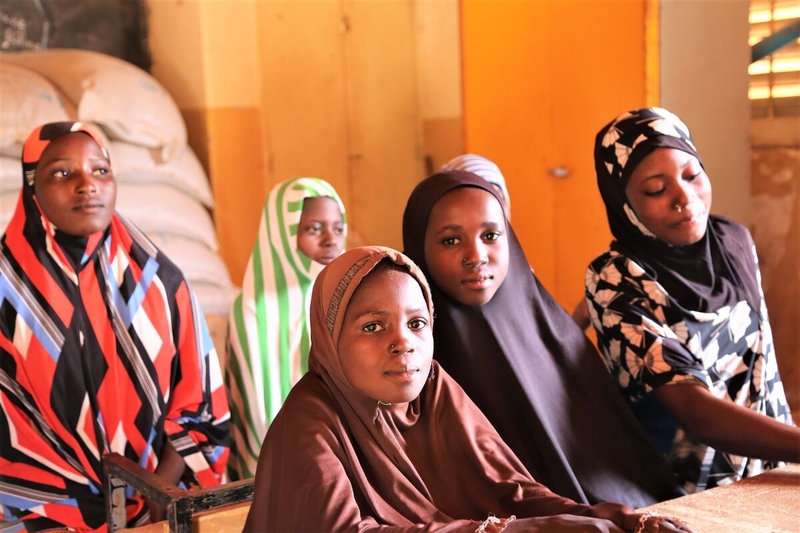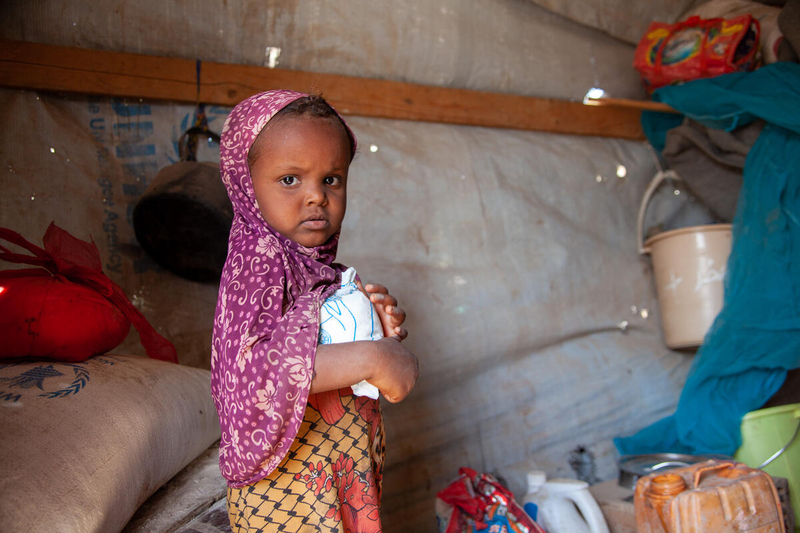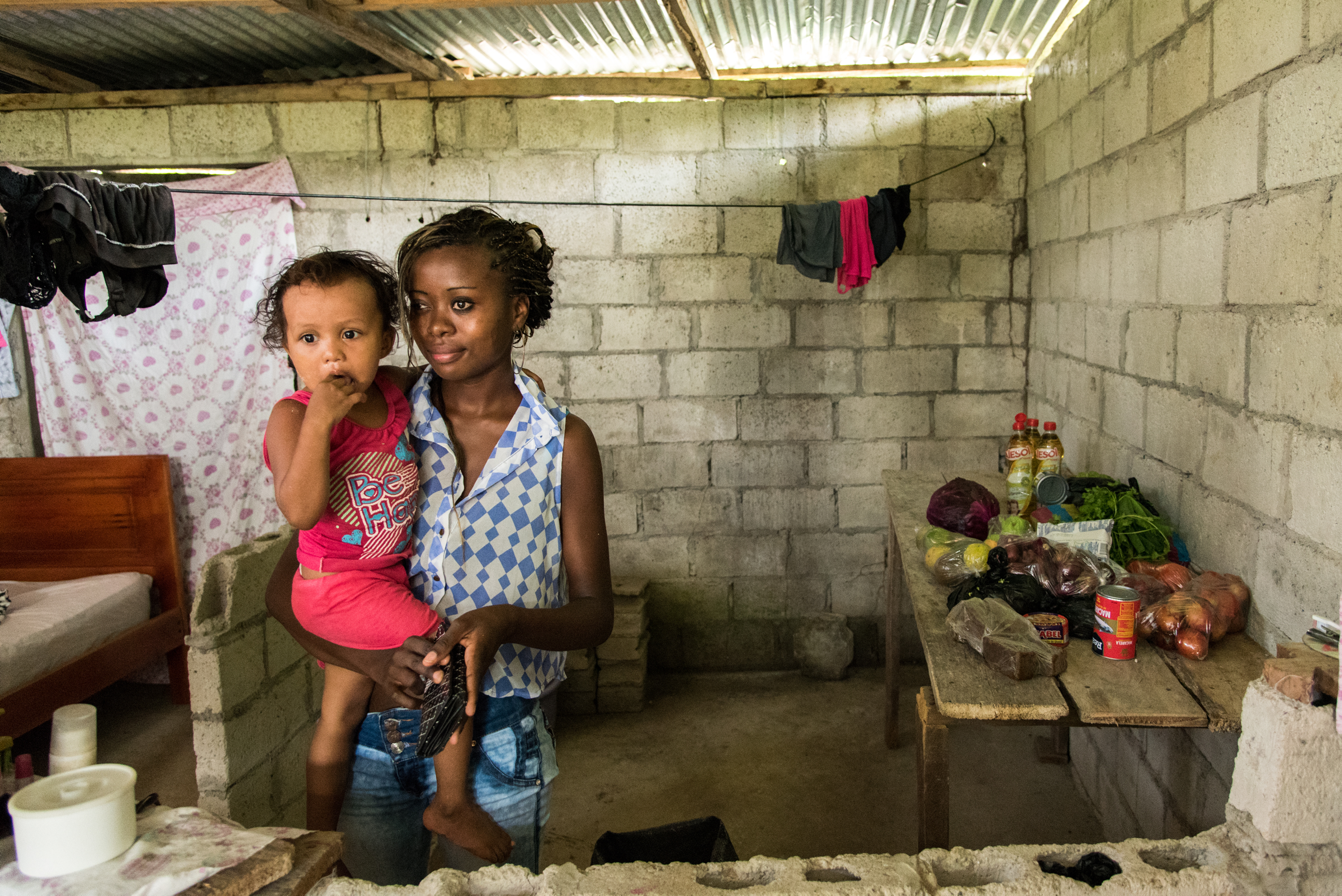Hunger 101: Teaching Humanitarians In The Classroom

How do you teach students in Kansas about the chronic hunger that plagues their peers in Kenya? Read on to find lesson plans from the United Nations World Food Programme (WFP) and the basic hunger facts to teach students in the classroom.
Lesson Plans on World Hunger
Teachers can start with official Classroom Lesson Plans designed by the U.N. World Food Programme in partnership with the Alabama 4-H Program, Auburn University, the Cape Breton University Children’s Rights Centre and the Canadian International Development Agency.

The United Nations World Food Programme (WFP) has provided school meals in Kenya since 1980.
These lesson plans offer a wide variety of approaches tailored to specific age groups.
- For students in Grades 4-6, one activity utilizes the image of a tree to teach the drivers of hunger through critical thinking, visualization and collaborative learning.
- Junior high students are prompted to create a mock United Nations conference that addresses child malnutrition and how it relates to children’s rights, based on a study of the Millennium Development Goals and of the United Nations Convention on the Rights of the Child.
- Teachers are equipped with a true/false quiz titled “What Do You Know About Hunger?” that challenges commonly held myths about poverty and nutrition.

In Niger, these schoolgirls are part of a U.N. World Food Programme school meals project that weaves in nutrition education and awards scholarships to girls in middle school. The scholarships and provision of daily meals aim to keep girls in the classroom.
The Hunger Basics
Question: What is hunger?
Answer: The sensation of hunger—a lack of food in your stomach—is universal. But there are types of hunger that are measured in different ways:
Undernourishment is used to describe a condition where one’s food intake lacks enough calories (energy) to meet the minimum needs for an active, healthy life. Today, there are more than 800 million undernourished people in the world which means 1 in 9 people will go to bed hungry tonight. And each year, hunger kills more people than AIDS, malaria and tuberculosis combined.

In Yemen, three-year-old Fatooma lives with her mother and two sisters in an internally displaced persons settlement. Her mother receives assistance from the U.N. World Food Programme including flour, grains, sugar and salt.
Malnutrition is characterized by inadequate consumption of protein, energy and micronutrients and by frequent infections and diseases. The condition is measured not by how much food is eaten, but by physical measurements of the body—weight, height and age. Wasting is an indicator of severe malnutrition that reflects recent and severe weight loss. It is usually the result of starvation and/or disease, and is associated with a higher risk of death if not treated properly.
Question: Why does hunger exist? Is there a food shortage in the world?
Answer: Hunger feeds on poverty, displacement and natural disasters. It is mainly driven by conflict which uproots families from their homes, destroys infrastructure, throws economies into disarray and disrupts agricultural production.
To learn more about the drivers of hunger, click here.
Hunger is not about a shortage of food—there is enough food in the world for everyone to have enough nourishment for a healthy and productive life. But 1.3 billion tons of food goes to waste each year. That is one-third of the world’s food that is not reaching people suffering from hunger.
Hunger primarily stems from a lack of access, when households are unable to reach or afford food. Within the last year, COVID-19 lockdowns, social distancing measures and supply chain disruptions caused the number of hungry people worldwide to double. Food prices skyrocketed, pushing staples like flour and grain out of reach for millions of families.
Want to learn more about the impact of COVID-19 on hunger? Click here to read an article from our Senior Director of Public Policy and Thought Leadership.

Hunger is not about a shortage of food. It’s about power, inequality and access to resources.
Global hunger is one of the greatest solvable problems of our time. By educating the next generation of humanitarian heroes in the classroom, American teachers can help pave the way for a zero hunger world.
View the Lesson Plan
*This lesson plan should be used as a template. Facts and figures may be out of date.*




